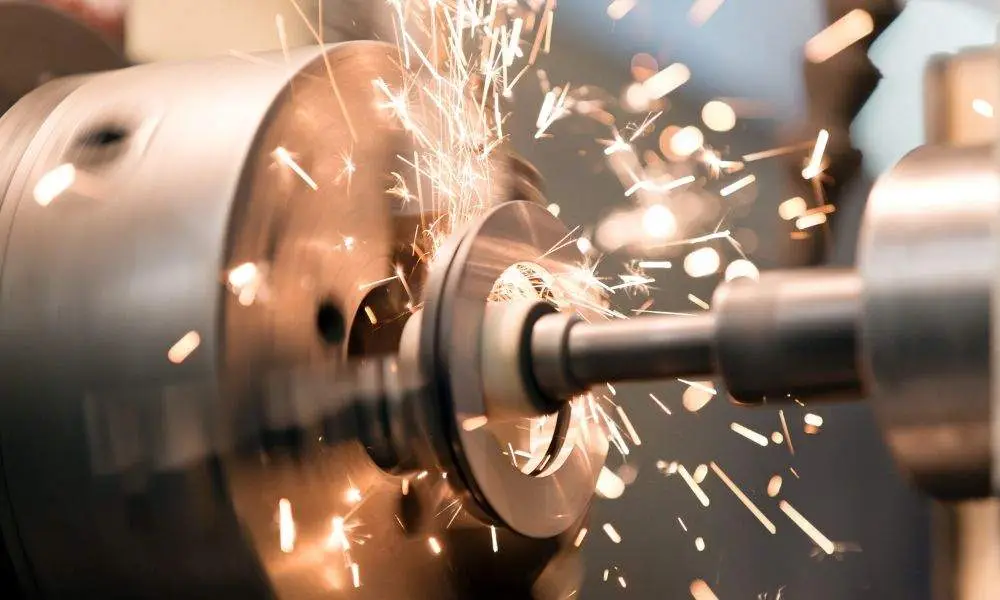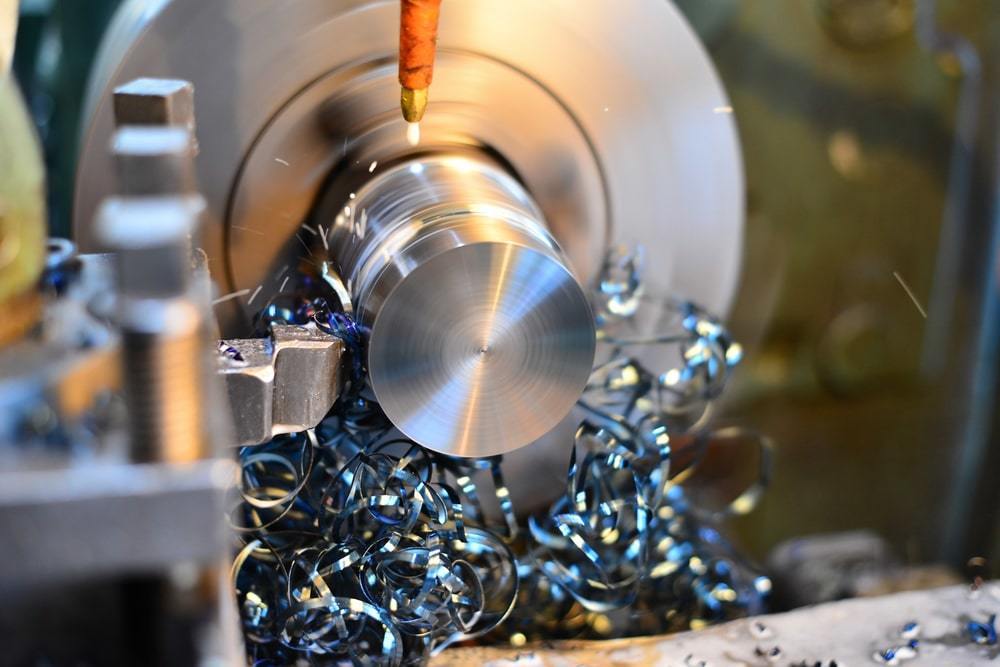Fasteners and Machining: Customized Solutions for every single Production Demand
Fasteners and Machining: Customized Solutions for every single Production Demand
Blog Article
Browsing the Globe of Fasteners and Machining: Techniques for Accuracy and Rate
In the complex world of bolts and machining, the pursuit for precision and speed is a continuous challenge that requires thorough interest to detail and strategic planning. From understanding the varied selection of bolt types to choosing ideal products that can endure strenuous needs, each step in the process plays a pivotal function in accomplishing the wanted outcome.
Understanding Fastener Kind
When selecting fasteners for a task, understanding the various kinds available is vital for making certain ideal efficiency and integrity. Screws are made use of with nuts to hold materials with each other, while screws are functional bolts that can be utilized with or without a nut, depending on the application. Washing machines are important for distributing the tons of the fastener and preventing damage to the material being secured.
Choosing the Right Materials
Comprehending the relevance of picking the appropriate materials is critical in making sure the optimal performance and reliability of the selected fastener kinds went over formerly. When it comes to fasteners and machining applications, the material option plays a crucial role in figuring out the total strength, longevity, rust resistance, and compatibility with the designated environment. Various products supply varying residential properties that can substantially impact the performance of the bolts.
Typical products made use of for fasteners consist of steel, stainless steel, titanium, brass, and aluminum, each having its distinct toughness and weaknesses. Steel is renowned for its high stamina and durability, making it appropriate for a large variety of applications. Selecting the ideal material includes taking into consideration aspects such as stamina needs, ecological conditions, and budget plan constraints to make certain the wanted performance and longevity of the fasteners.
Accuracy Machining Techniques

In enhancement to CNC machining, other precision techniques like grinding, transforming, milling, and drilling play essential functions in bolt production. Grinding helps attain great surface finishes and tight dimensional tolerances, while transforming is usually used to create cylindrical elements with accurate diameters. Milling and exploration operations are important for forming and producing openings useful link in fasteners, guaranteeing they meet precise specifications and feature appropriately.
Enhancing Rate and Performance
To maximize fastener manufacturing procedures, it is crucial to streamline operations and implement effective strategies that enhance precision machining strategies. Automated systems can handle repetitive tasks with precision and rate, permitting workers to concentrate on even more complex and value-added activities. By combining these strategies, manufacturers can achieve an equilibrium between speed and precision, ultimately boosting their affordable edge in the fastener market.
Quality Assurance Procedures
Implementing strenuous top quality control measures is vital in making certain the reliability and uniformity of fastener products in the manufacturing process. Quality control procedures incorporate different stages, Learn More Here beginning from the option of resources to the last inspection of the completed fasteners. One fundamental element of high quality control is conducting extensive product examinations to confirm conformity with requirements. This includes analyzing factors such as product toughness, longevity, and composition to guarantee that the fasteners satisfy industry standards. In addition, checking the machining processes is vital to support dimensional accuracy and additional hints surface coating top quality. Making use of advanced technology, such as automatic inspection systems and accuracy measuring tools, can enhance the precision and efficiency of quality assurance procedures.
Routine calibration of devices and machinery is essential to keep consistency in production and guarantee that fasteners meet the required resistances. Carrying out rigorous protocols for identifying and resolving flaws or non-conformities is essential in stopping substandard products from entering the market. By developing a comprehensive quality control structure, producers can support the credibility of their brand and provide fasteners that meet the highest criteria of performance and toughness.
Verdict

In the complex realm of bolts and machining, the mission for accuracy and rate is a perpetual obstacle that demands meticulous focus to information and tactical planning. When it comes to bolts and machining applications, the product option plays a vital function in figuring out the general strength, longevity, rust resistance, and compatibility with the designated setting. Accuracy machining entails various advanced approaches that guarantee the limited tolerances and requirements needed for fasteners.In enhancement to CNC machining, various other precision methods like grinding, turning, milling, and exploration play crucial duties in fastener production.To optimize bolt production processes, it is crucial to streamline procedures and apply effective techniques that match precision machining techniques.
Report this page